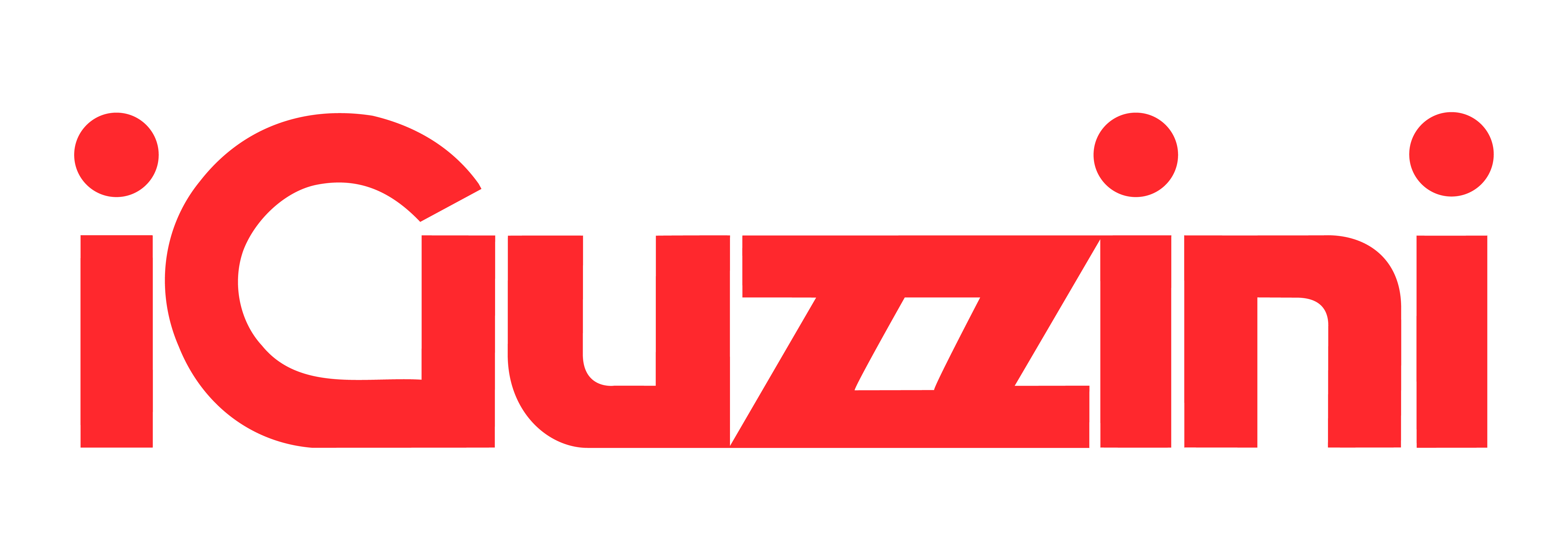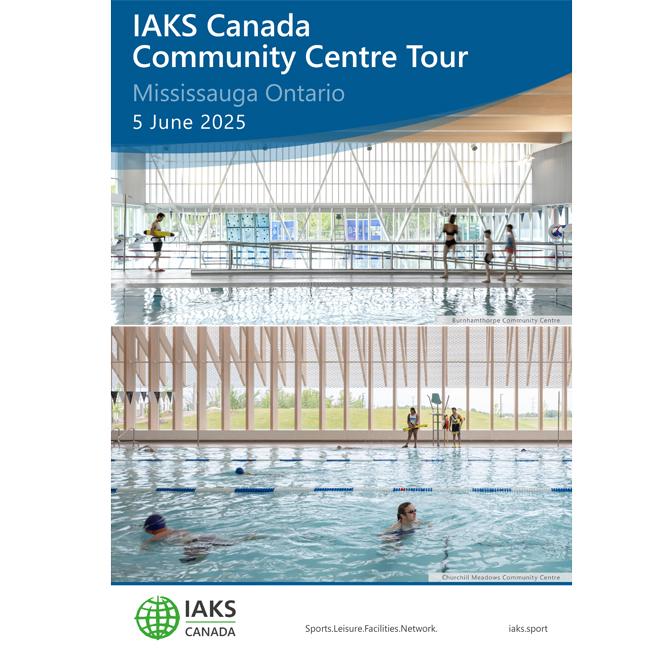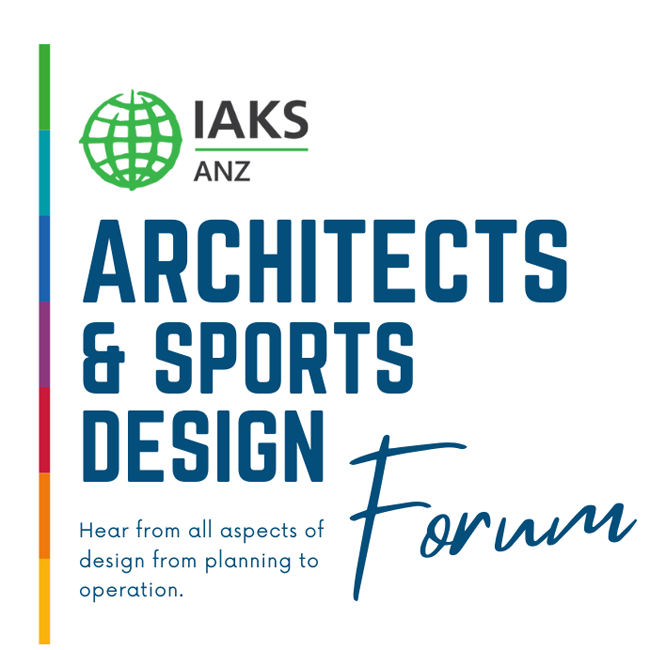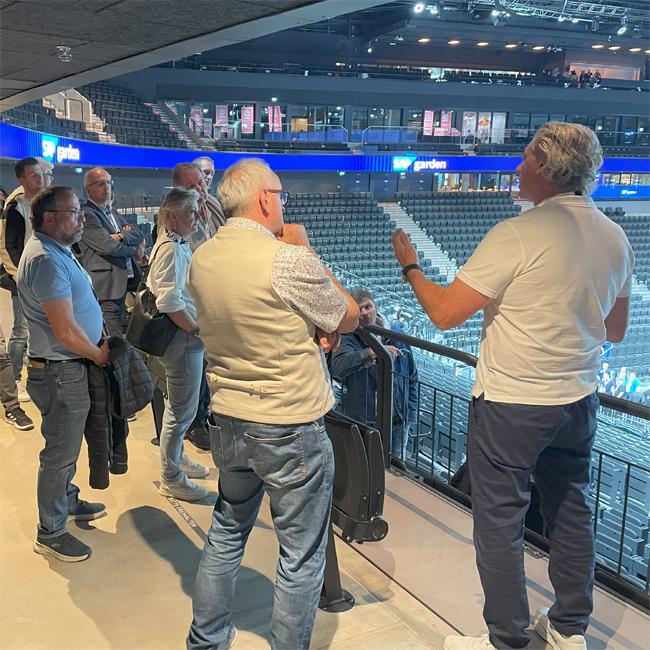Over 100 attendees at ‘Active Wellbeing in Communities’ were confronted with the stark health and physical activity issues in this part of the UK, along with inventive ways that challenges like these are being tackled both here and overseas. The two-day event at the Principality Stadium in the heart of the Welsh capital looked at how sports and leisure facilities can better serve communities. It was built around how a unique piece of Welsh legislation is influencing health and leisure, and how learnings from this can be applied in other countries.
Report by Stephen Bromberg, Lee Valley Regional Park Authority, UK
Shaun Dawson, Chief Executive of Lee Valley Regional Park Authority in London, opened the Cardiff event saying, “Our objective is to enable more active and healthy communities. This event has a special Welsh perspective and a strong international flavour.”
This was expanded on by Moderator Joanne Martin of My Leisure Consultants who explained, “This seminar is special. It’s the first time IAKS UK & Ireland has hosted in Wales. Wales is the only nation to embed in law the need to safeguard future generations through the Future Generations Act.”
Presentations are available exclusively for all participants and IAKS members. Ask the IAKS HQ for your password.
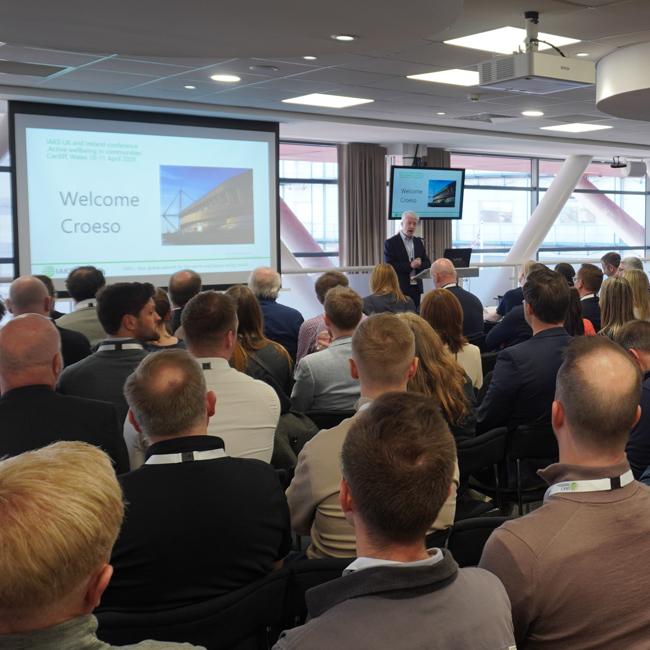

Derek Walker, Commissioner for the Welsh Government
Keynote speaker Derek Walker, the Commissioner for the Welsh Government for the Future Generations Act, set out how this embeds long-term thinking into public policy and how Wales must ‘do the now and tomorrow at the same time’. Improving health, wellbeing, active travel and eco literacy are among the many challenges that the legislation is tackling. He told the audience that sport and leisure need to be more integrated into all policy areas.
Assistant Director at Sports Wales Owen Hathway laid out how Sport Wales’ targeted investment creates impacts beyond sport itself and leads to health, social, community and environmental benefits.
Empathetic activity programs going beyond traditional leisure centres
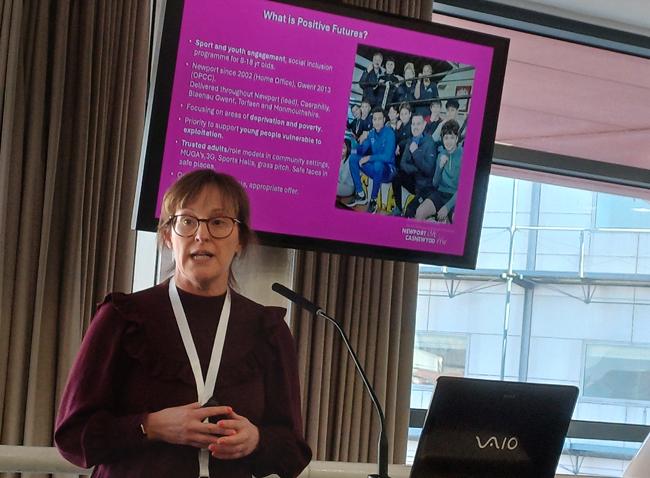
Lucy Donovan, Development Officer Newport Live
Development Officer Lucy Donovan outlined Newport Live’s phenomenal Positive Futures Programme outreach work in one of the challenging areas of the country. “We’re looking across generations of people with no work, where there is poor mental health and often a lack of trust in mainstream services.” She explained how she uses sport to engage marginalized young people and that activity spaces should be looked at differently – car parks and community spaces can be used as good as pitches and sports halls.
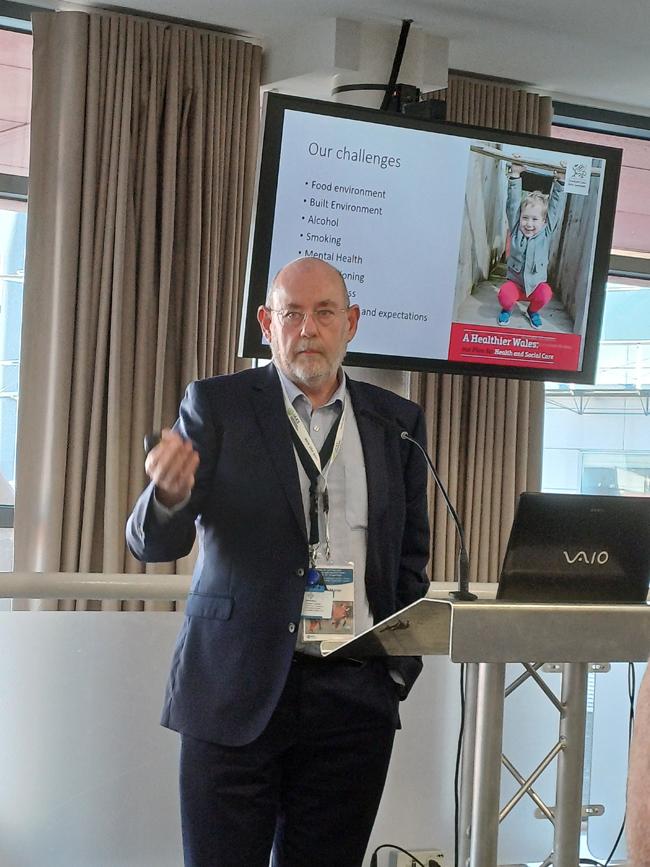
Prof. Jim McManus, Wales’ National Director of Public Health
Prof. Jim McManus, Wales’ National Director of Public Health, showed that 46% of adults in Wales have long-term health conditions. People often think medics can solve all health issues but diet, income, housing, smoking and physical activity levels have greater impacts on life expectancy. “We have created the perfect environment for people to die early,” he told delegates from Wales, the rest of the UK, Ireland and Scandinavia. “We know physical activity is good for mental health and strength for life. If it was a pill, you’d bottle it and make a lot of money from it.”





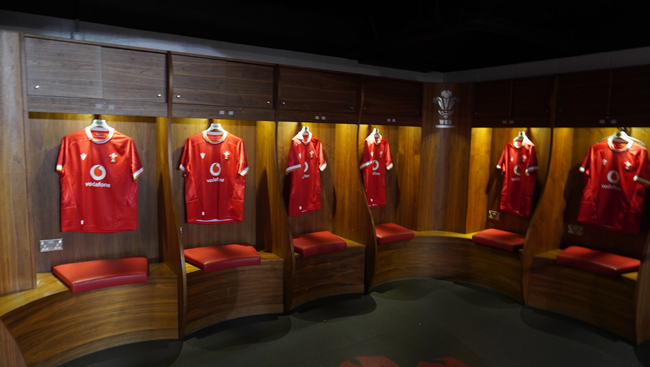
Design, facility mix, business plans and operations all play a role in achieving meaningful outcomes

Paul Cluett, Managing Director Alliance Leisure
Day two focused on how the leisure sector is uniquely positioned to create opportunities for communities to lead more active lives.
According to Managing Director Paul Cluett from Alliance Leisure, the industry needs to better understand the social value of facilities. “We’ve found that we need to sit with both users and – crucially – non-users,” he said, explaining that this understanding is vital to remove barriers to activity. He gave the example of a venue in Clay Cross in England that includes clinics and community advice services as well as leisure facilities.
Spaces for self-organized sports

Lisa Mari Watson, Tverga Managing Director
Lisa Mari Watson, Managing Director from Tverga in Norway agreed with him: “We believe that smarter solutions come from involving the people that they are meant for.” The more you understand what communities want, the more likely you are to hit the target of what you create. “Multi-use is a good way, not single purpose. Involve users early. I challenge you to get in touch with user groups that you don’t see in your facilities. Dare to think out of the box.”
Stephen Dietz-Hodgson of JAJA Architects in Denmark shared a visionary incorporation of unstructured activity into a car park with staircase running tracks and cross fit on the roof as well as a wildly exciting transformation of a redundant industrial building into a Streetmekka – a place for street art and street sports which “breaks down traditional ideas of sport and creates new ways of engaging.”

Steve Ward, CEO Newport Live
According to CEO Steve Ward of Newport Live, 99% of the daily use of Newport International Sports Village is by people seeking to have a health and wellbeing impact. Flexibility was key with an incredible 19 different activities in the village’s velodrome – the bulk of which can happen while cycling training goes on. “People will live longer, and we want them to live in better health. There is enormous social value to combatting loneliness and bringing people together. Reengineer sports venues to be for wellness and for people’s whole lives,” he told the audience.
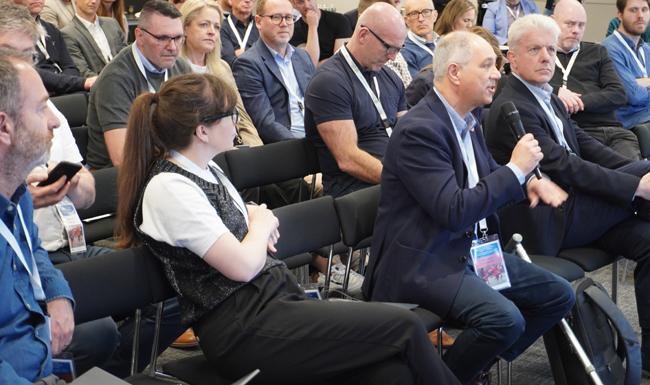
Eoin O’Brien and Barry Dempsey from Dún Laoghaire-Rathdown County Council in Ireland told how well organized sports clubs often dictate how resources are used. This can exclude many groups – young people who want a place to hang out, older people who may just need a level footpath. They explained how they now have created much more multi use facilities and removed physical fences and other barriers.
Active travel and large-scale wellbeing initiatives

The conference closed with a fascinating insight into Uppsala, Sweden’s fourth largest city which has a quarter of its population involved in sports clubs and where cycling is a way of life. However, Charlotta Karlsson from Sport Uppsala explained that clubs are mainly driven by competitive objectives which don’t necessarily embrace people who, for example, take up sport later. Mikael Johansson from the city council shared how they created a stunning year-round activity zone from a park that previously hosted only winter sport. It was striking how barriers were removed – they built support from residents and politicians and tried small scale initiatives first with low threshold activities. A ‘leisure library’ lends out free sports equipment.
We need to rethink and reinvent
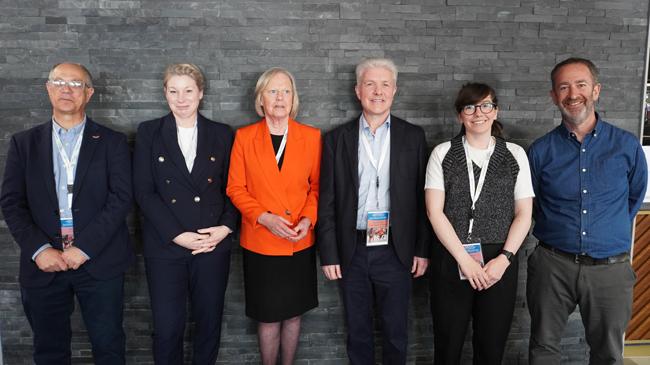
Mike Lawless, Joanne Martin, Elizabeth Adams, Shaun Dawson, Charlotte King, Stephen Bromberg (from left to right)
The two-day event included a workshop, extensive networking opportunities and tours of the Principality Stadium and the nearby National Sports Centre. A huge thank you to the seven event sponsors, 15 speakers and moderator Joanne Martin. Special thanks to Mike Lawless, Elizabeth Adams and Charlotte King from LA Architects for putting the event together and leading some unforgettable Welsh singing.
We are grateful to our event partners



